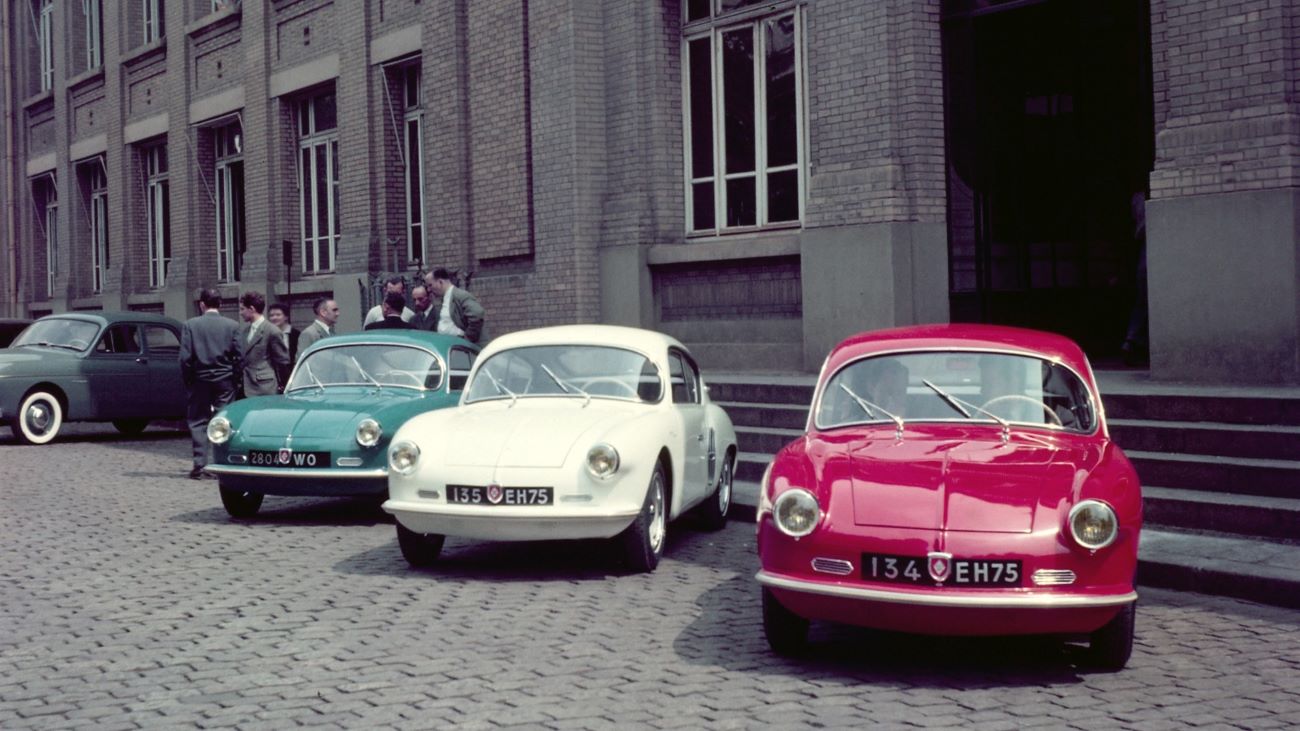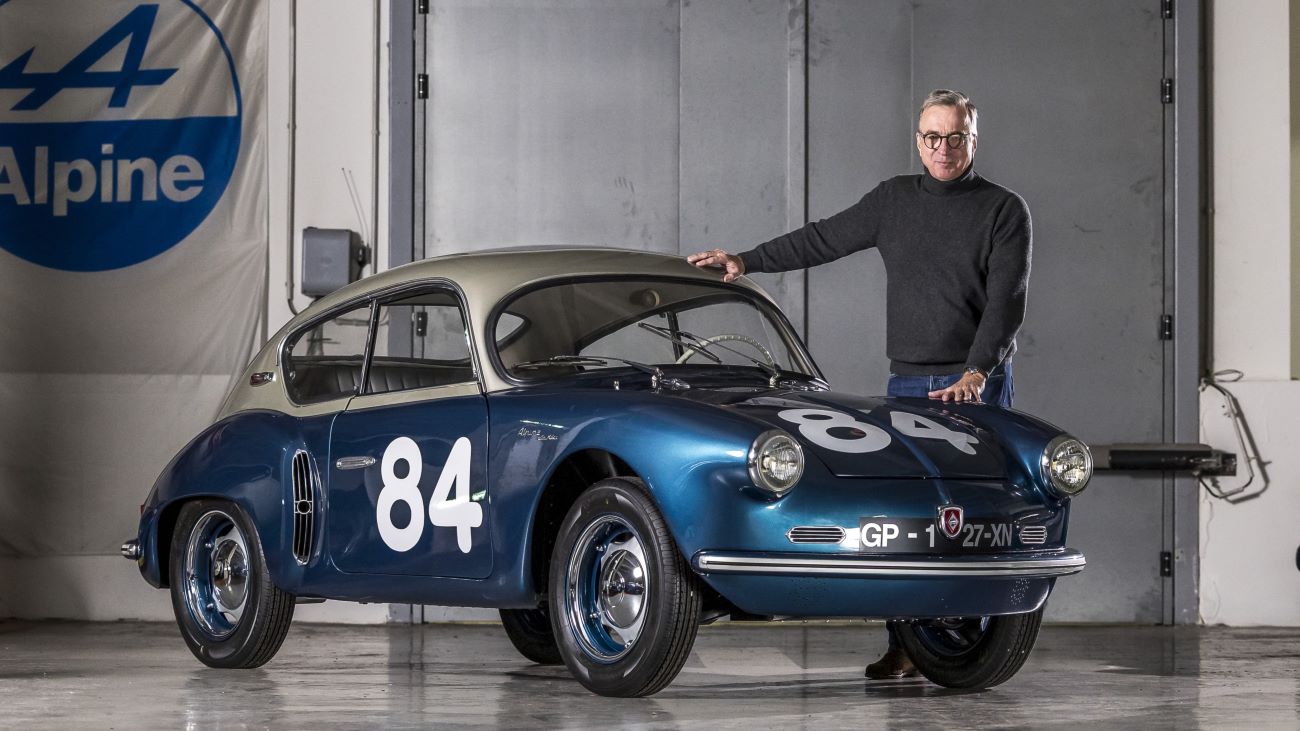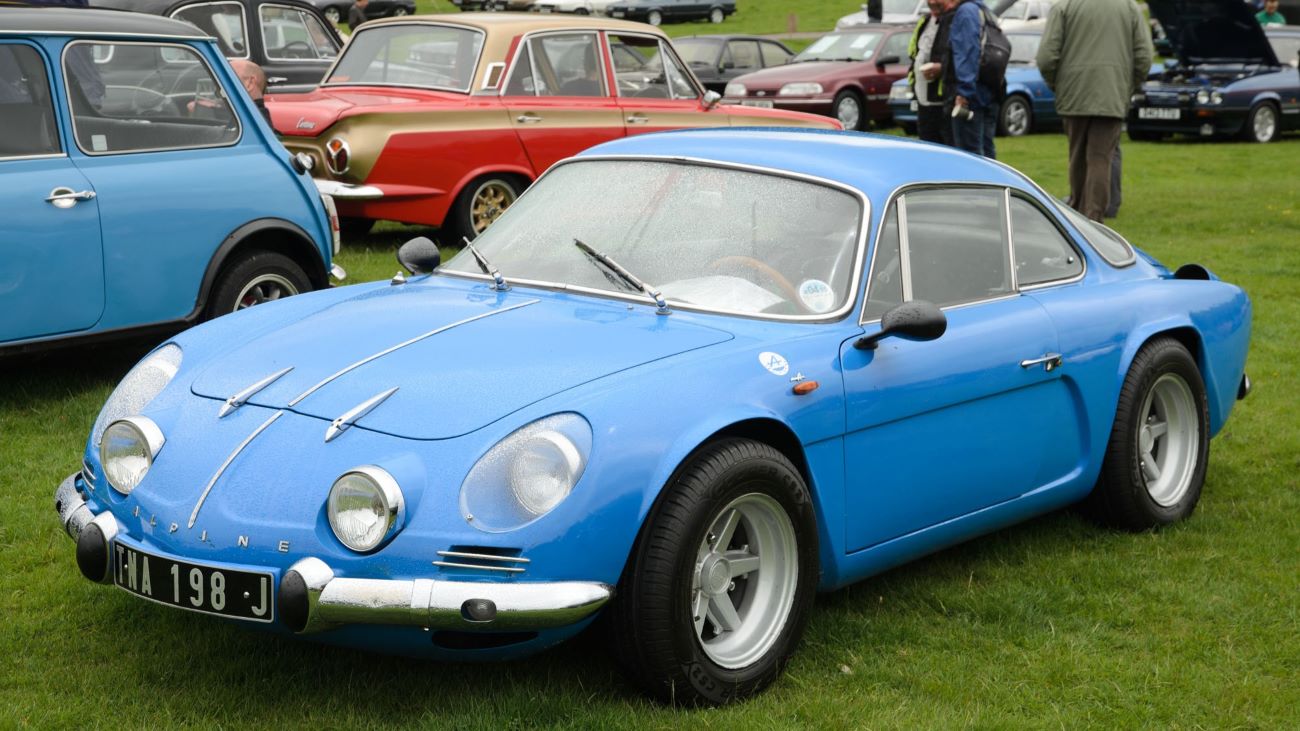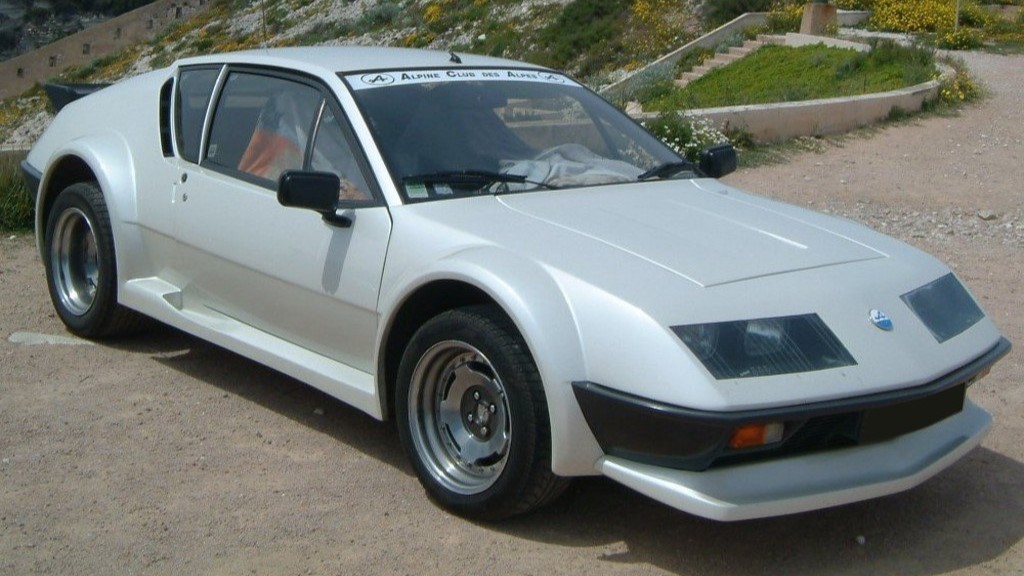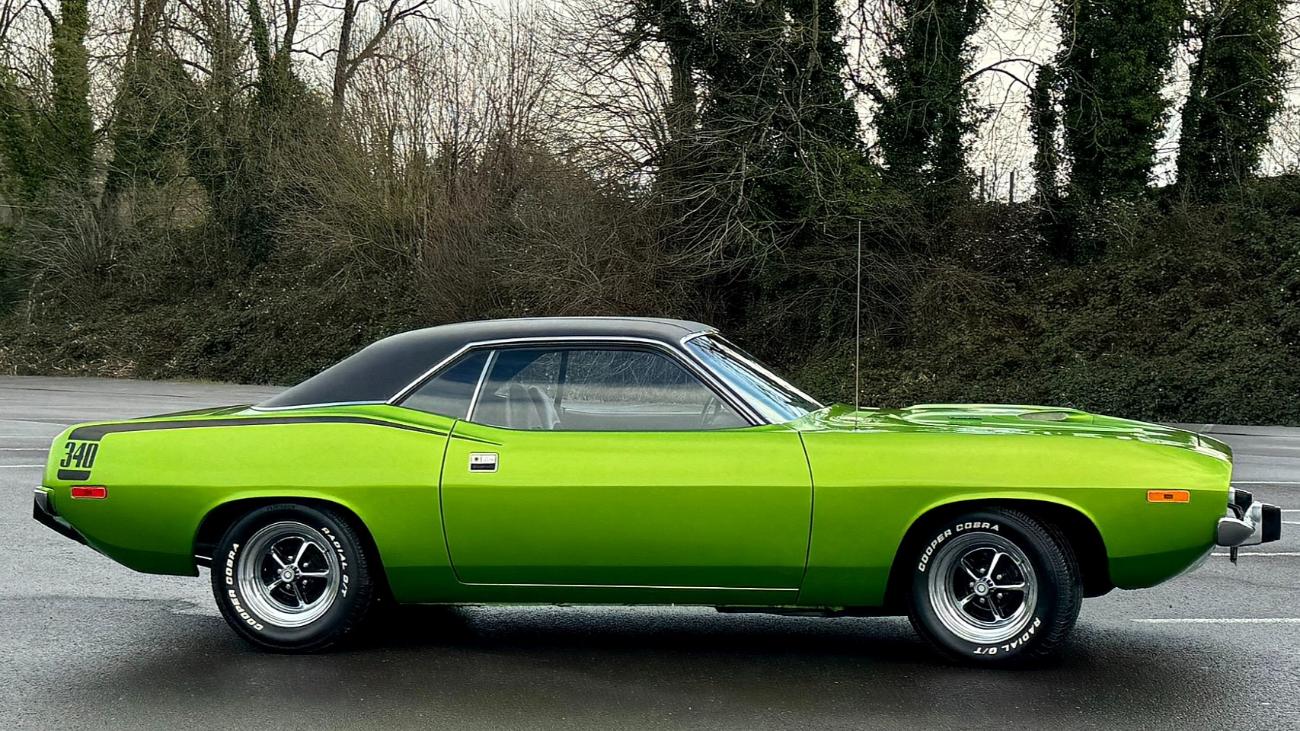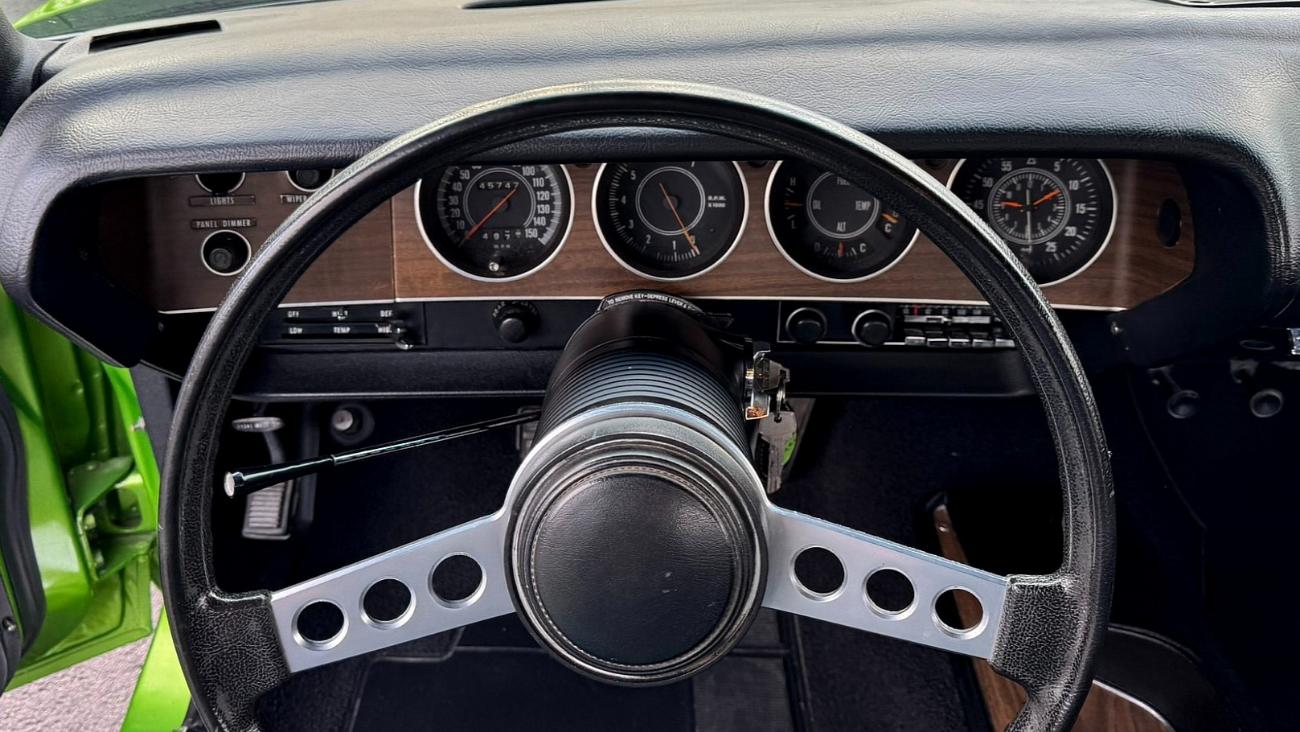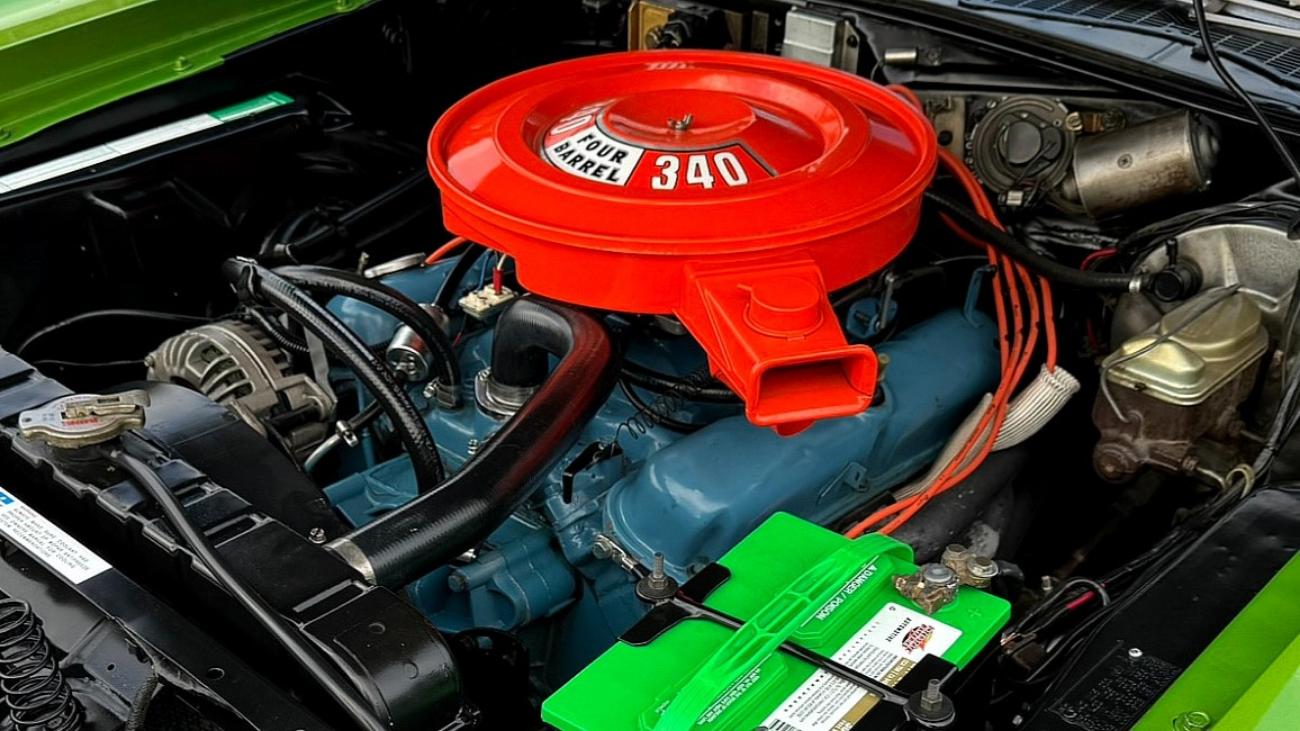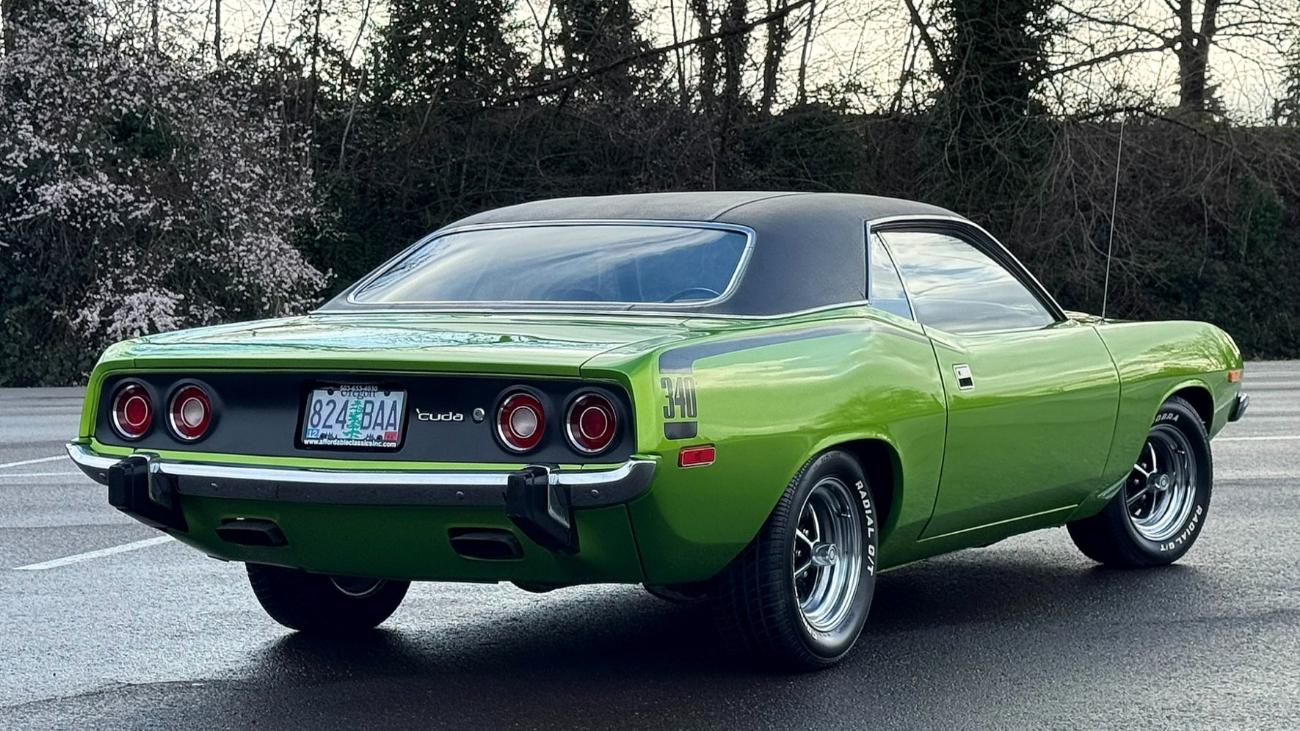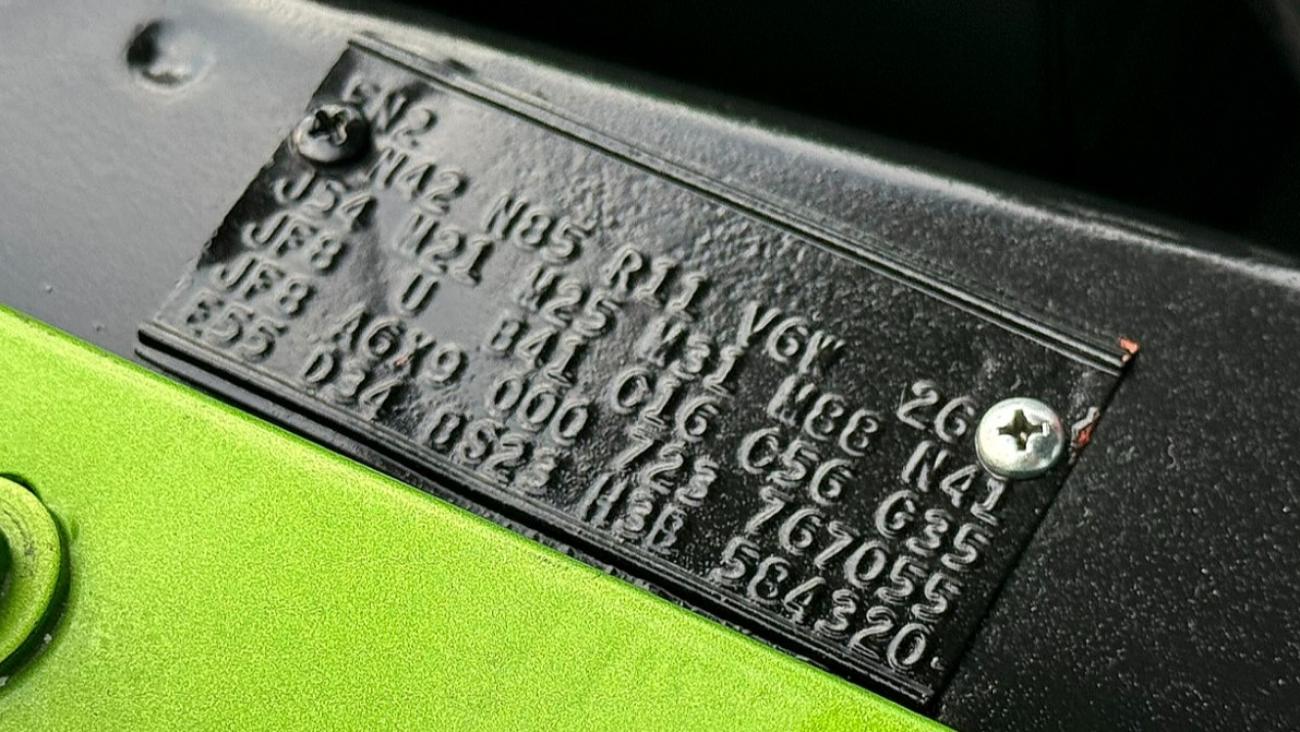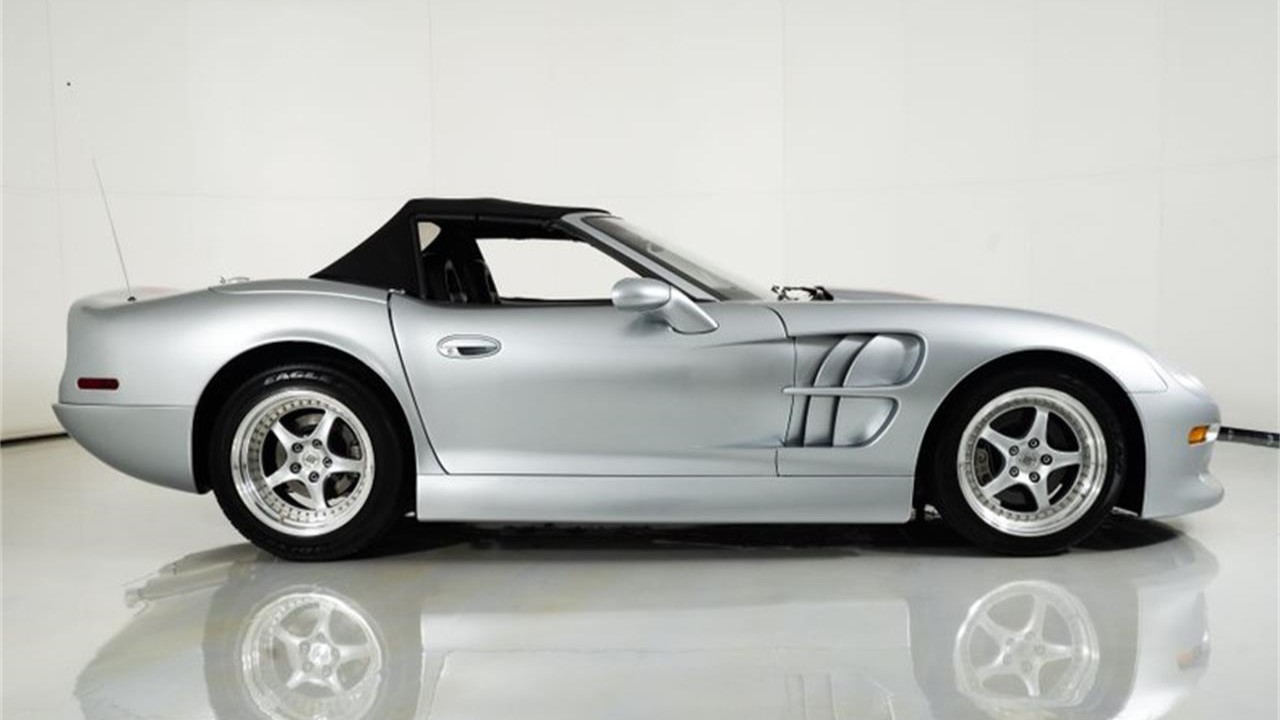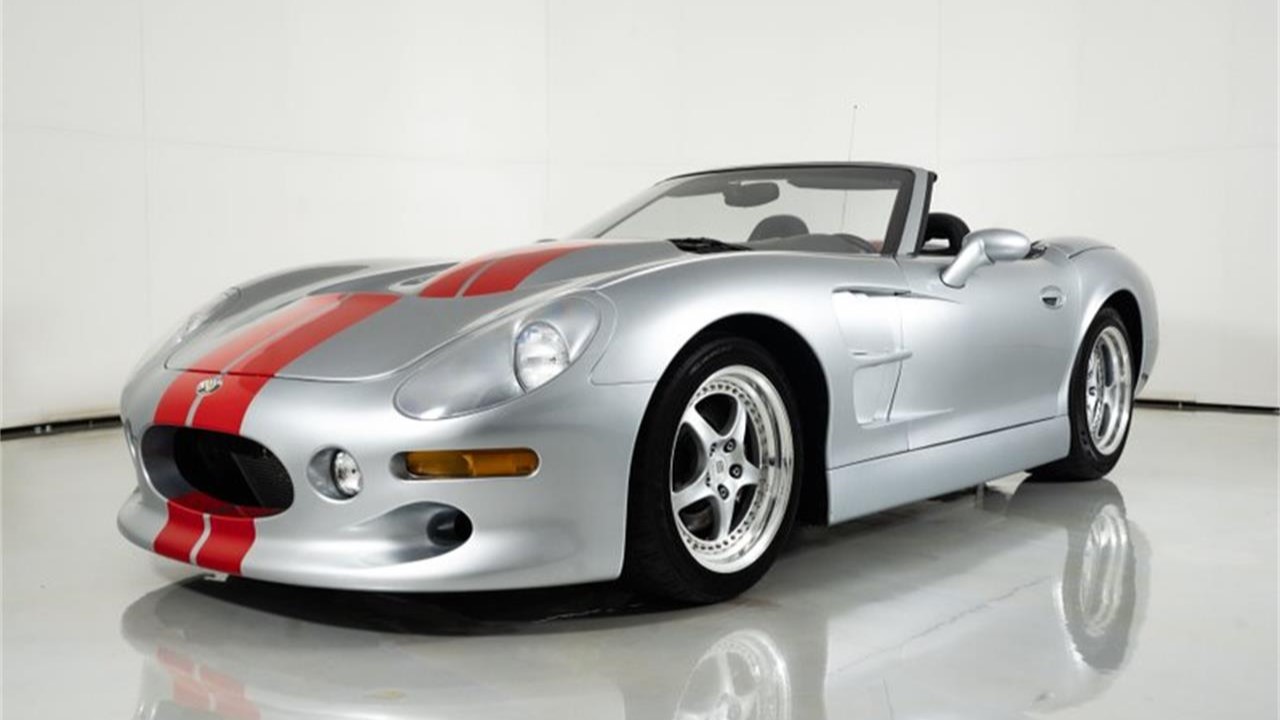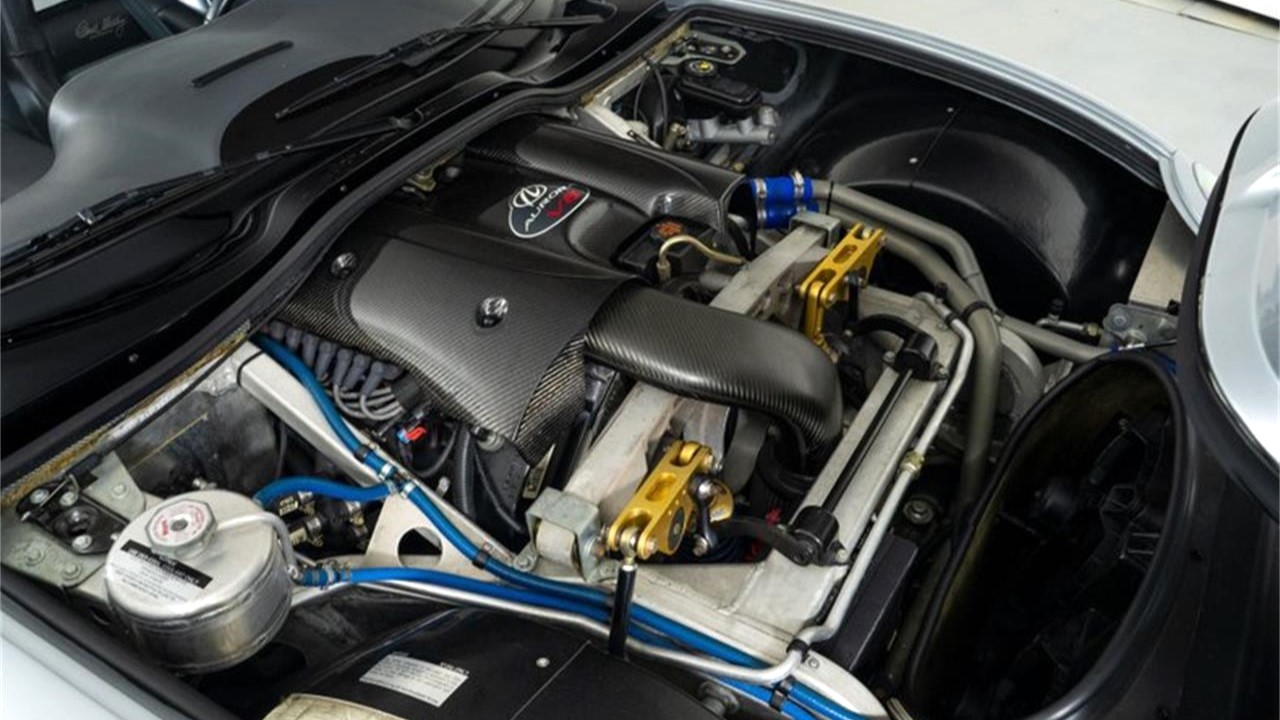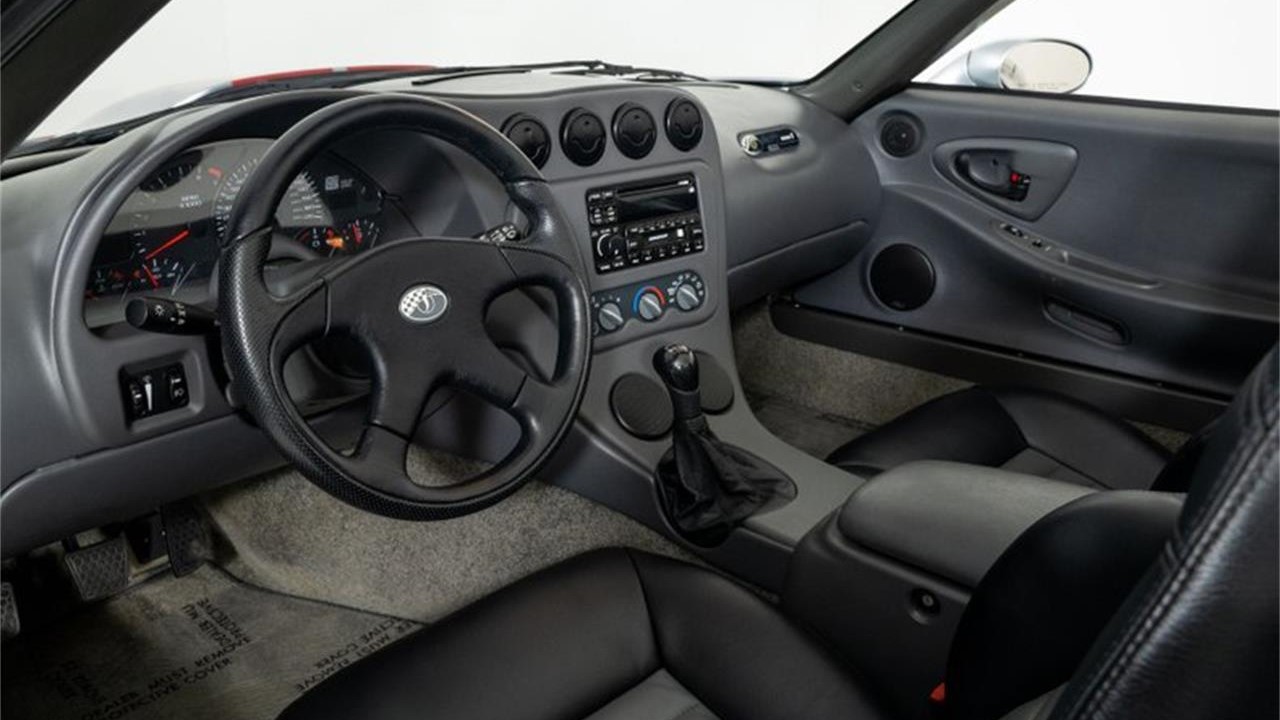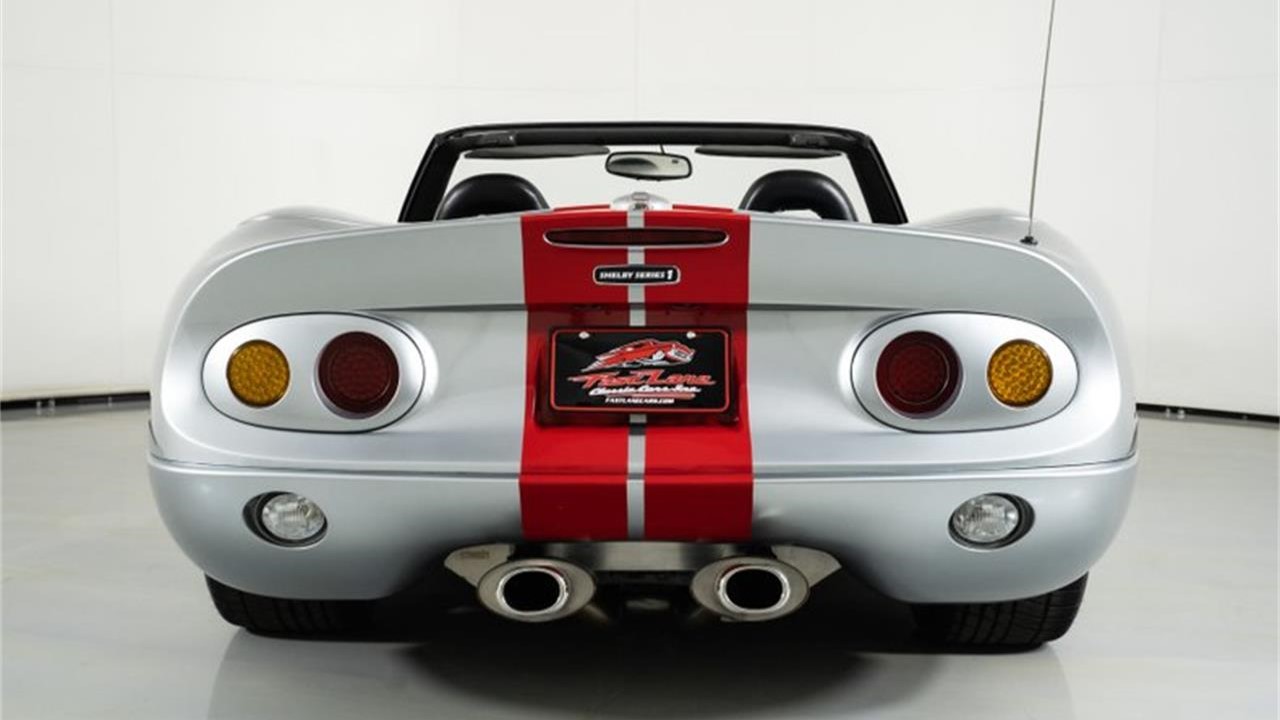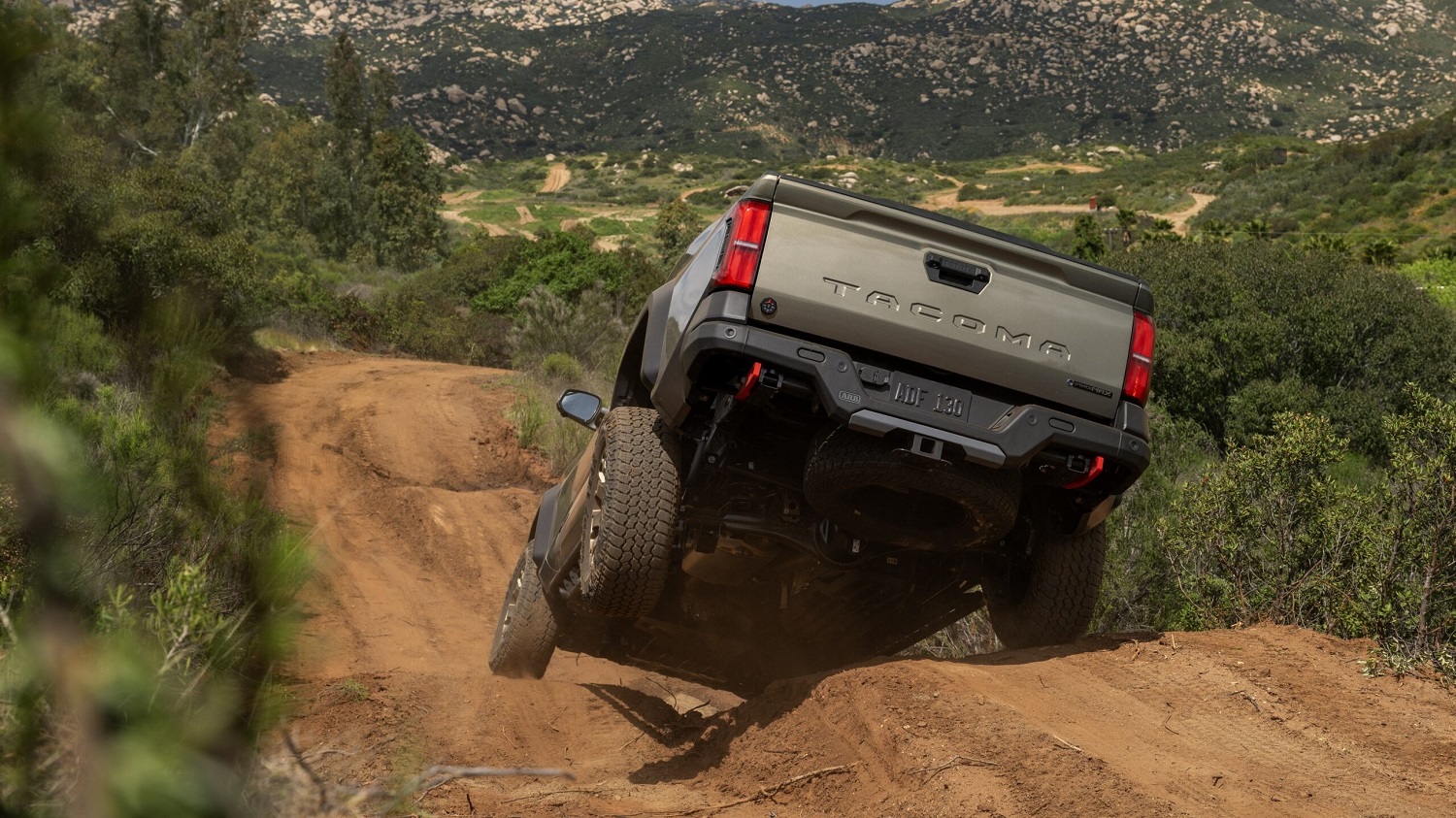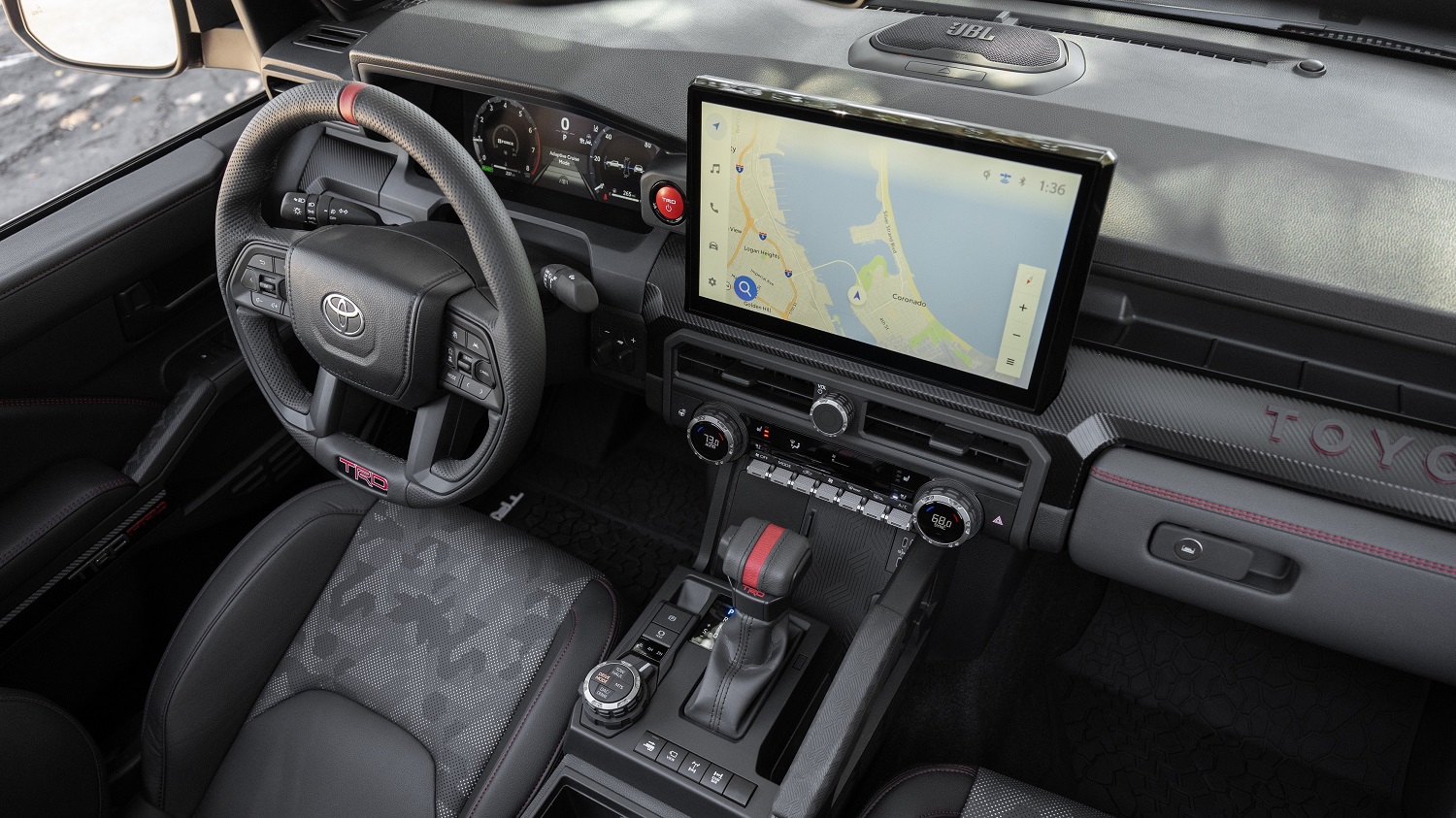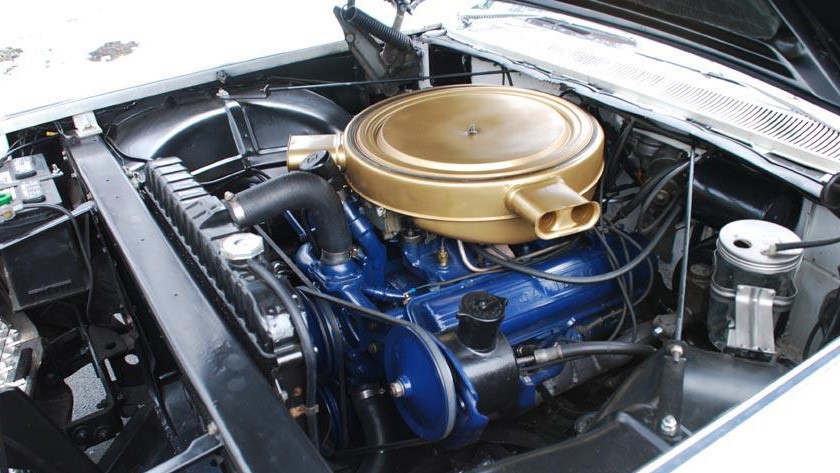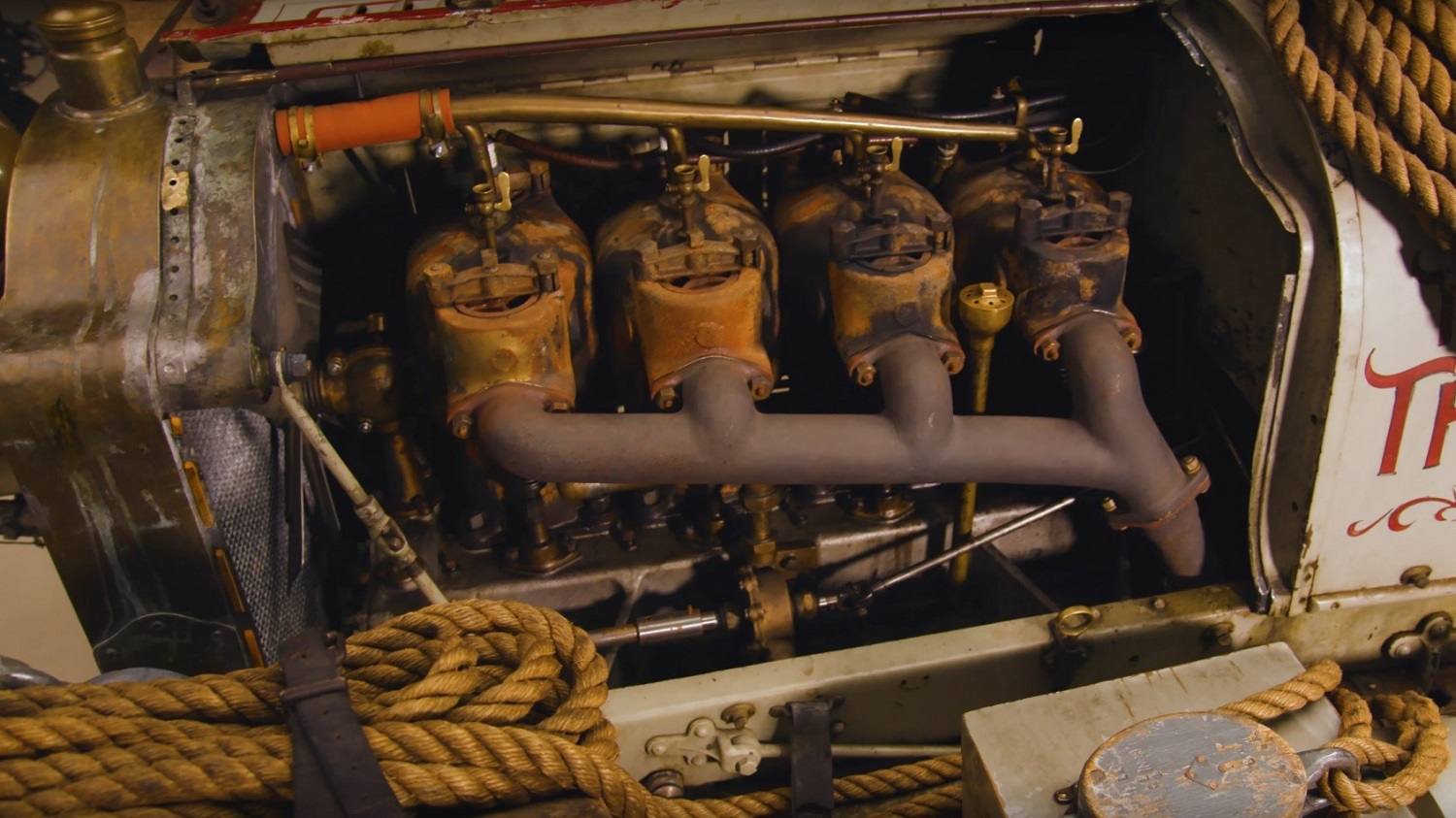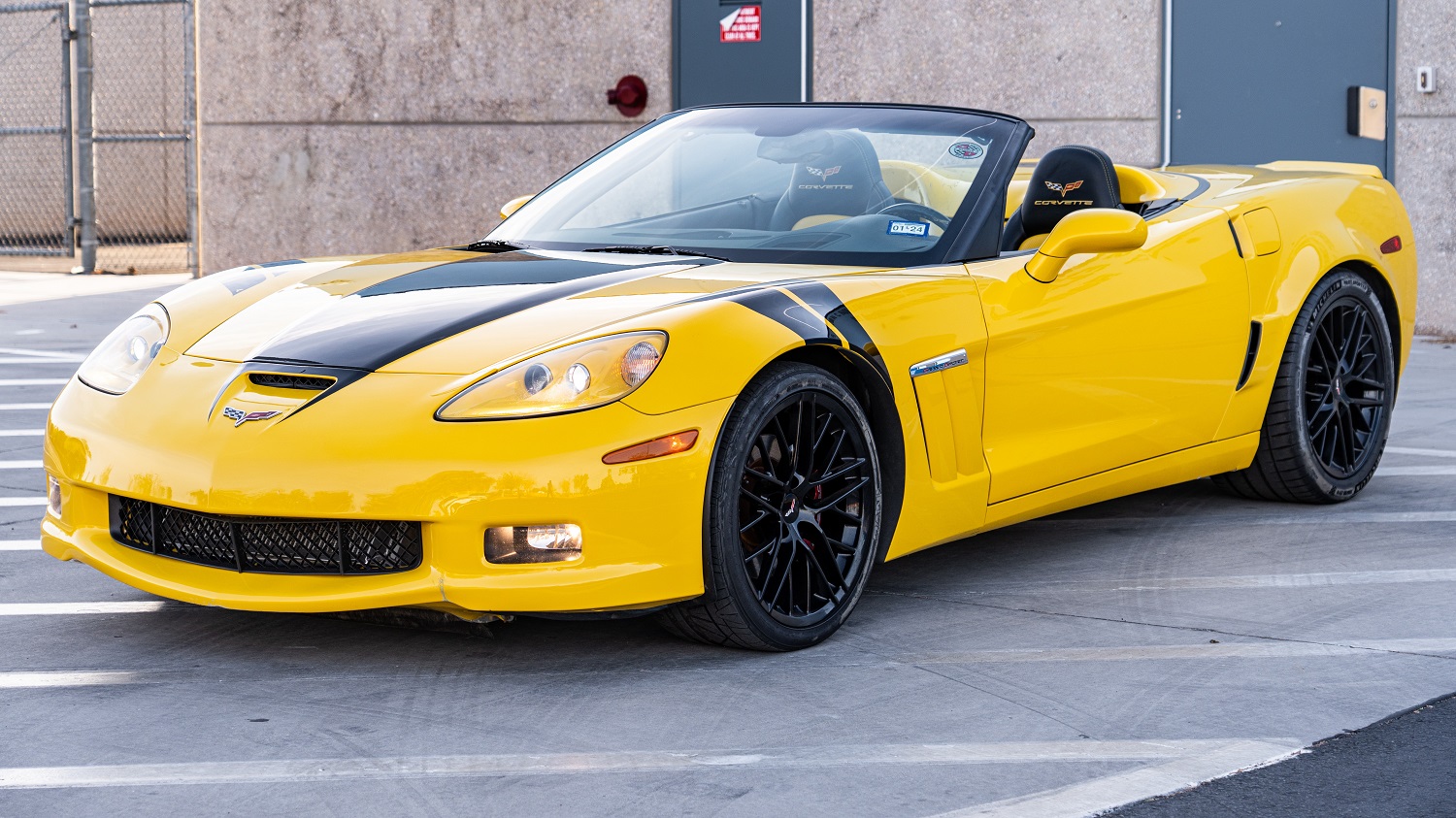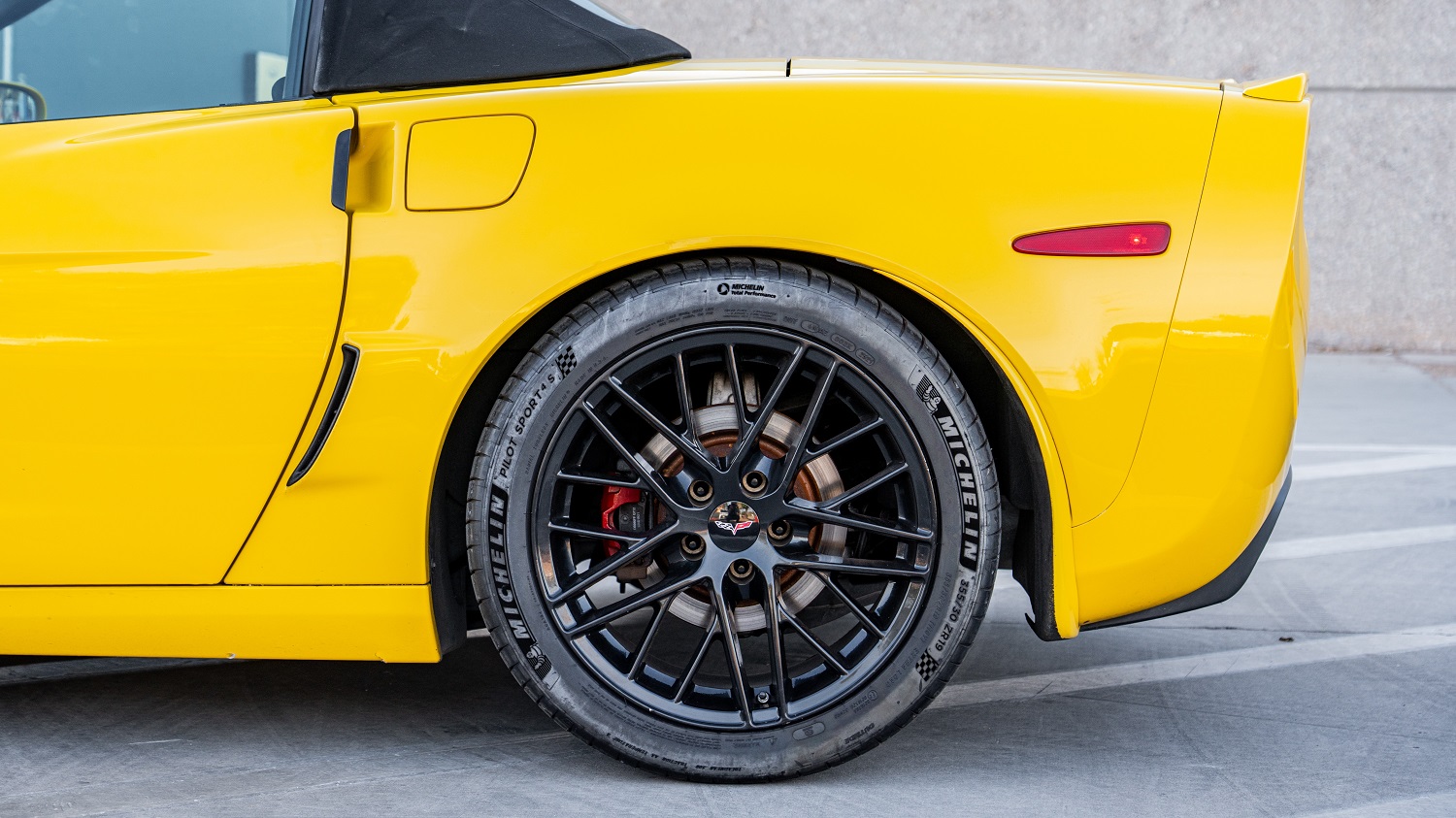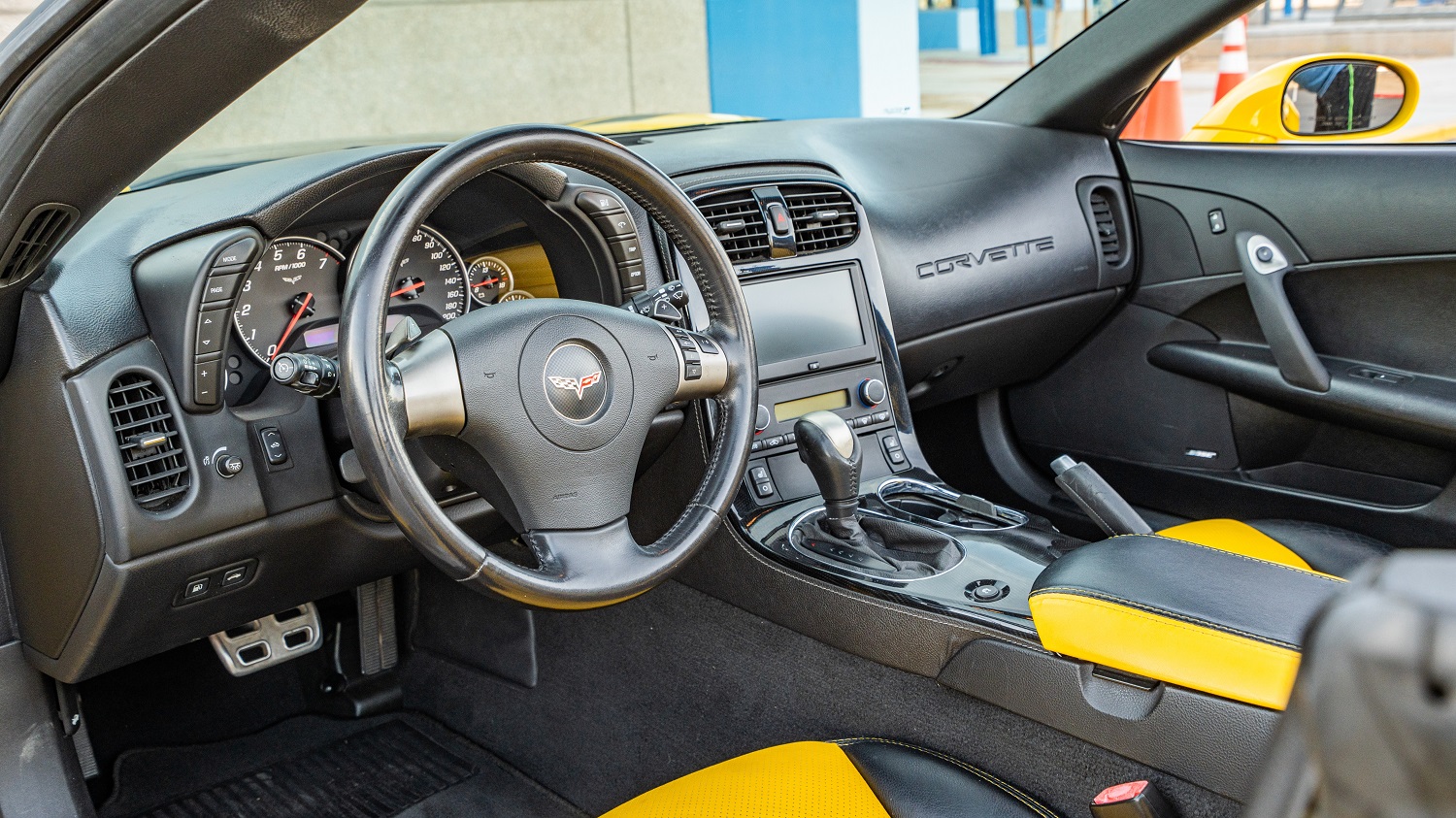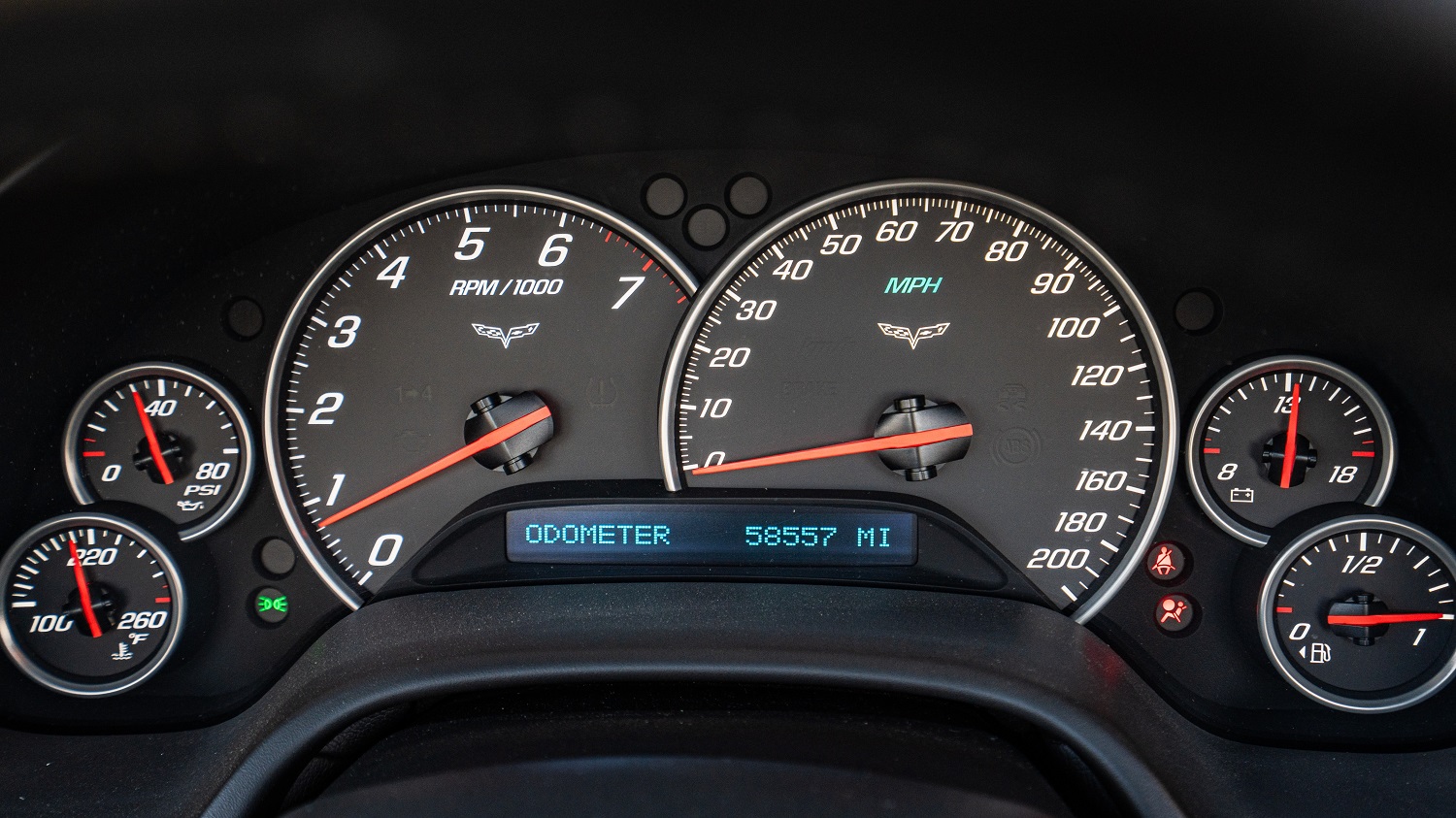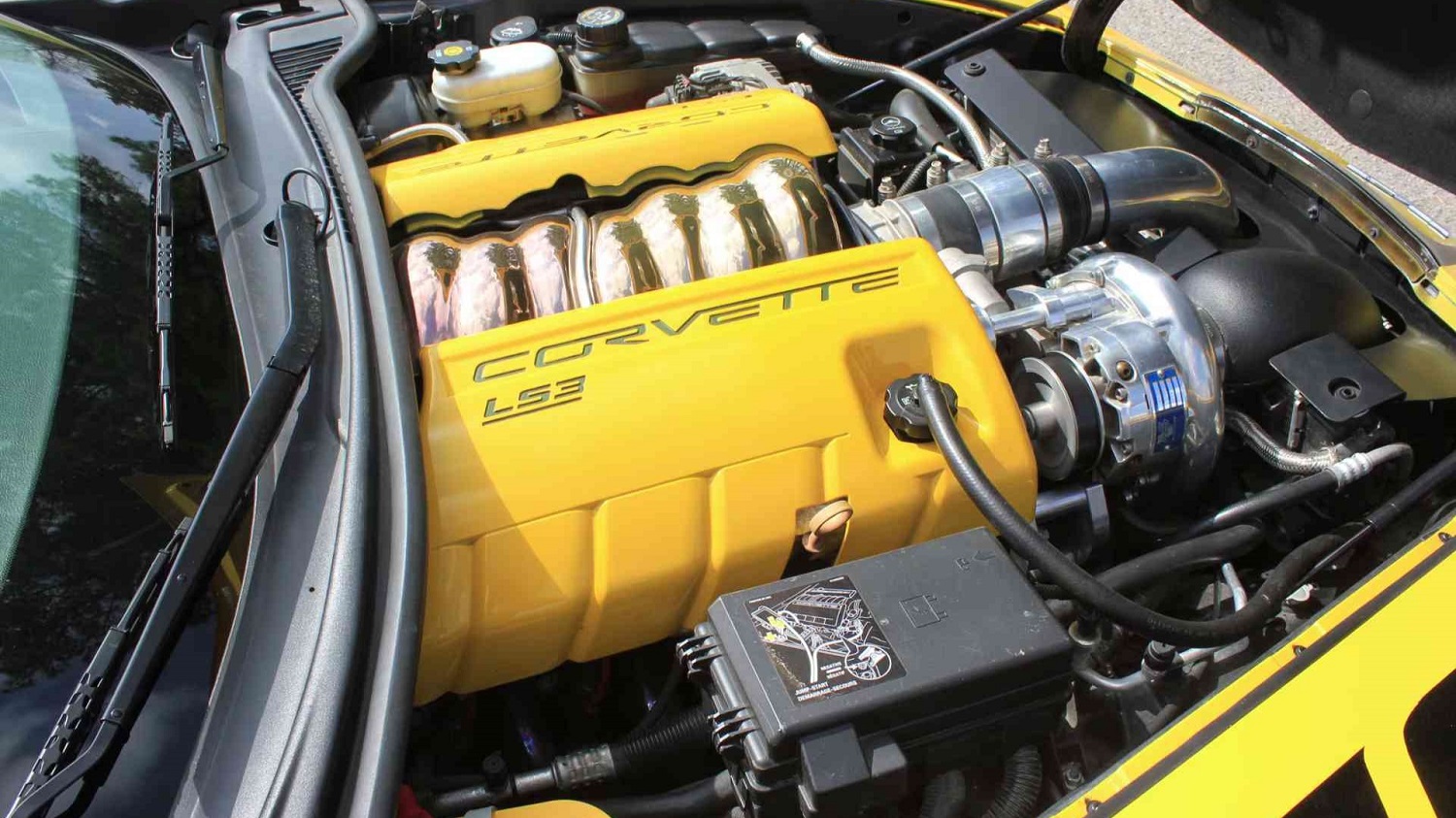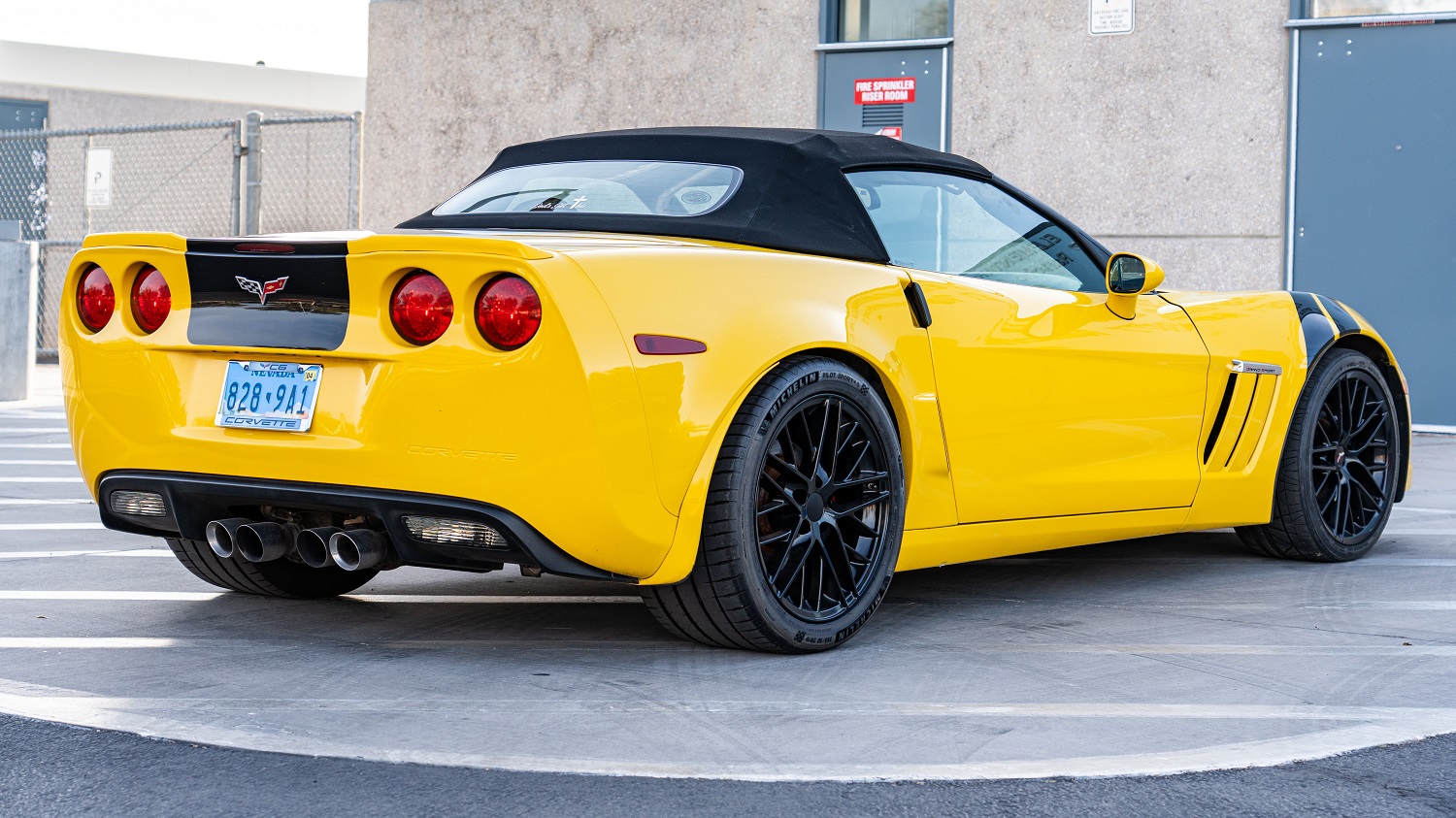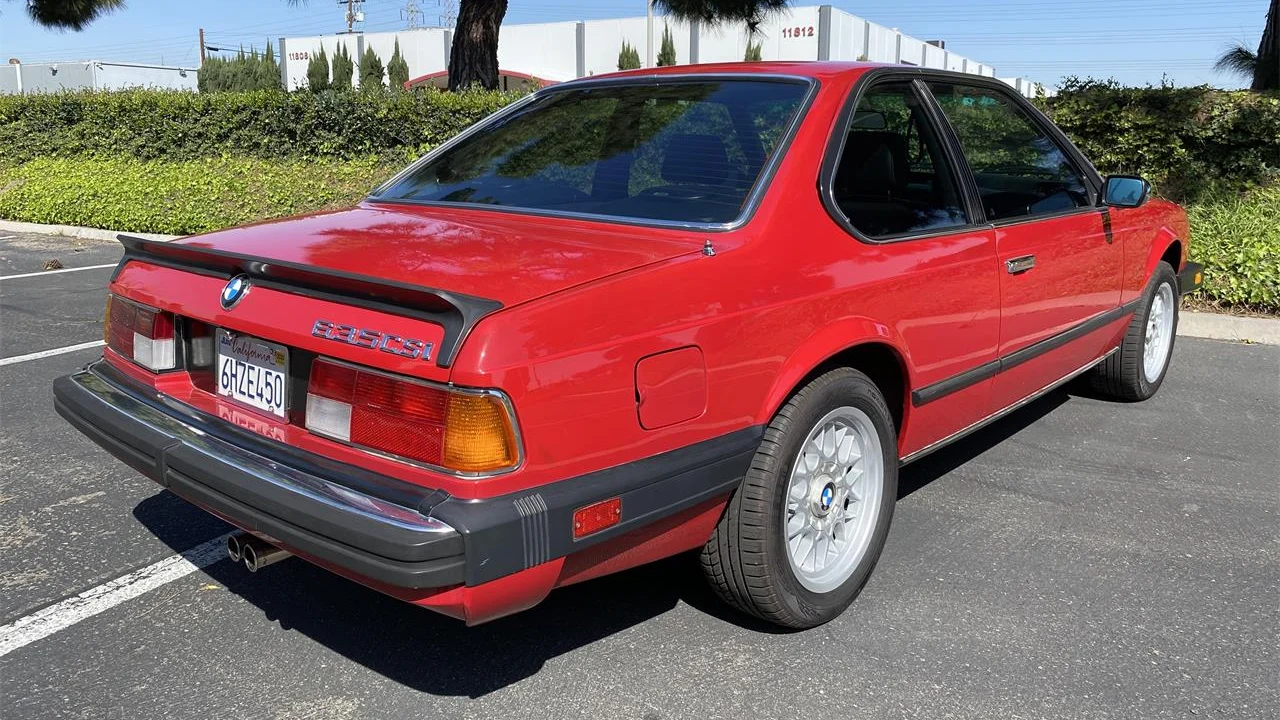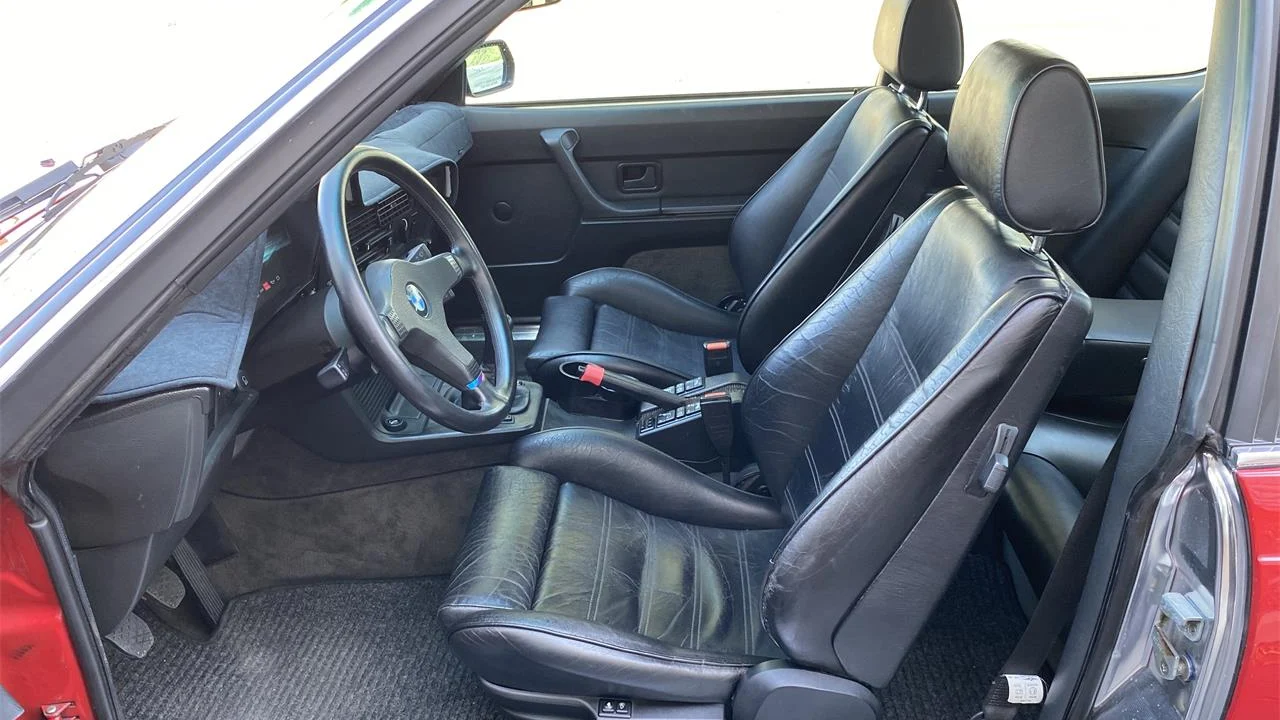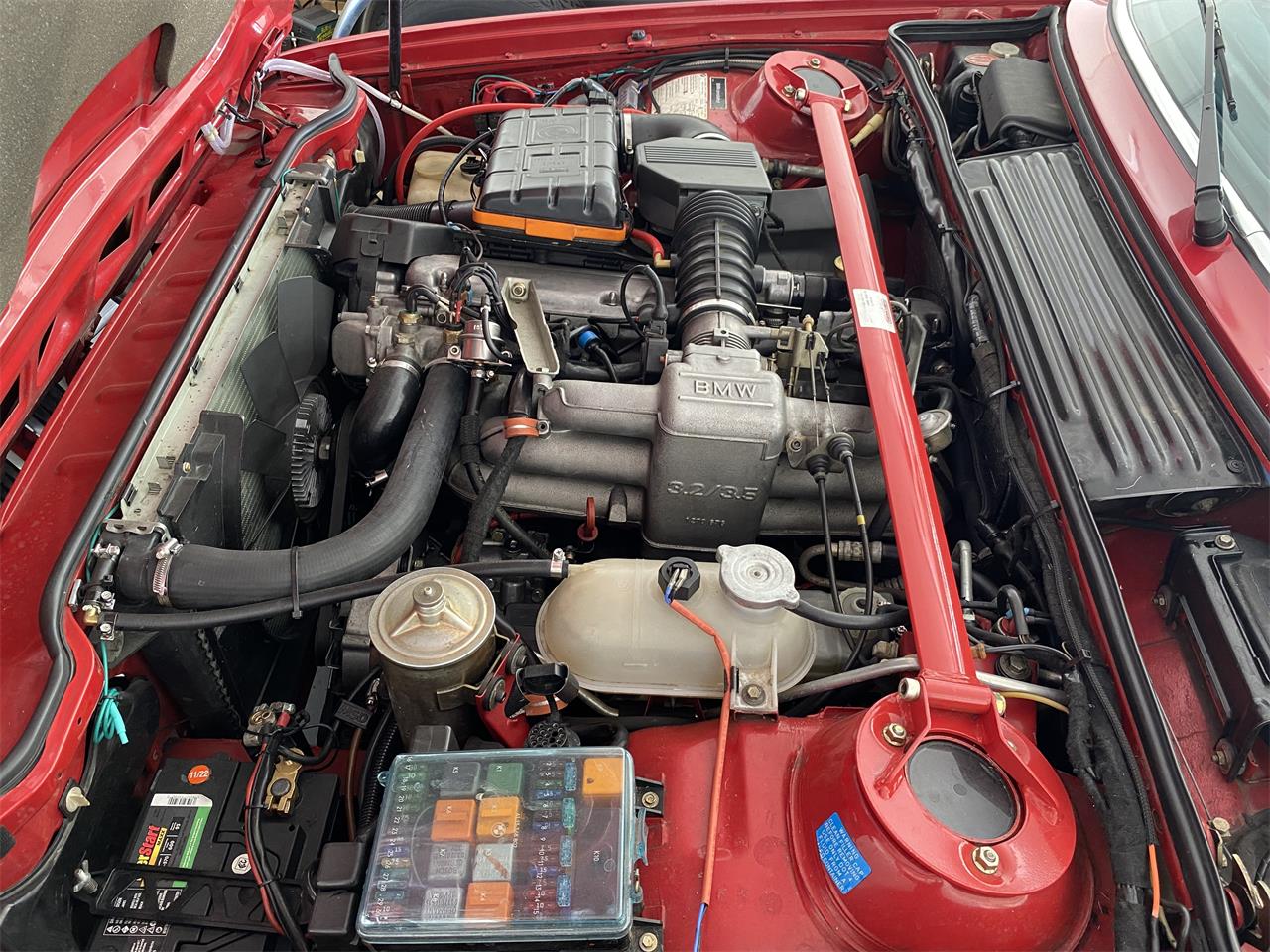The current Genesis lineup consists of a variety of sedans, SUVs, and EVs. That’s it for now, but judging by the X Gran Coupe and X Gran Convertible concepts that recently debuted at the Seoul Mobility Show 2025, that could change.
This isn’t just wishful thinking. The theme of the event was “Unfold a New Era of Genesis.” Mike Song, Global Head of Genesis, says, “In the 10 years since our launch, Genesis has been dedicated to delivering its unique values to more than 1.3 million customers worldwide. We aim to seize this opportunity as a launchpad for a new decade, showcasing models that embody Genesis’ pursuit of high-performance technology and future luxury design.”
Genesis has made two-door and drop-top what-ifs before. It has hinted at an interest in producing such models with the X and X Speedium Coupe concepts and the X Convertible.
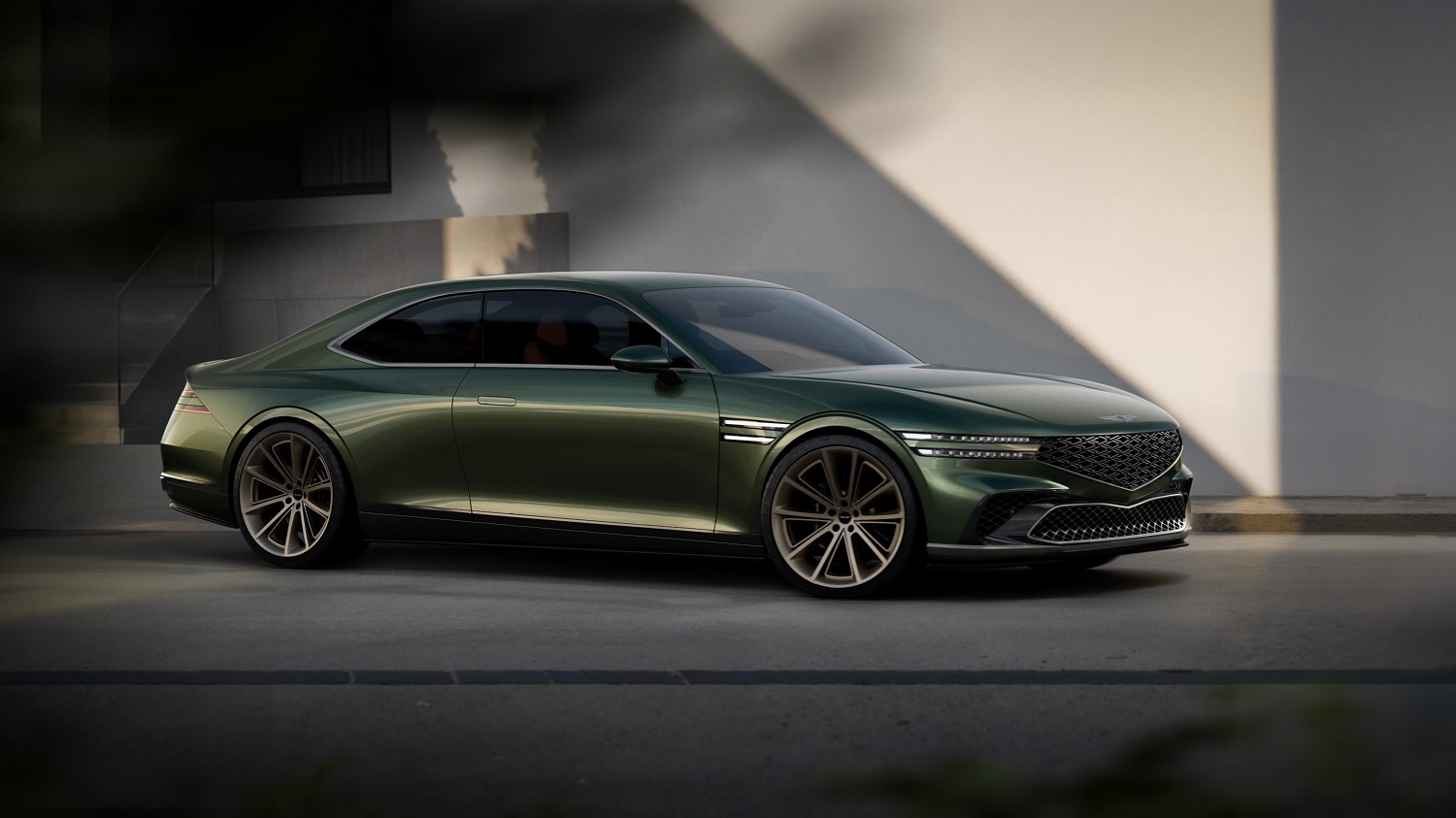
Then there’s the fact that the X Gran Coupe and X Gran Convertible are based on Genesis’s G90 flagship sedan, which makes them that much more viable. Their designs are not wildly different from the brand’s current design language: the Genesis Crest Grille is present, as are the two-line headlights and taillights.
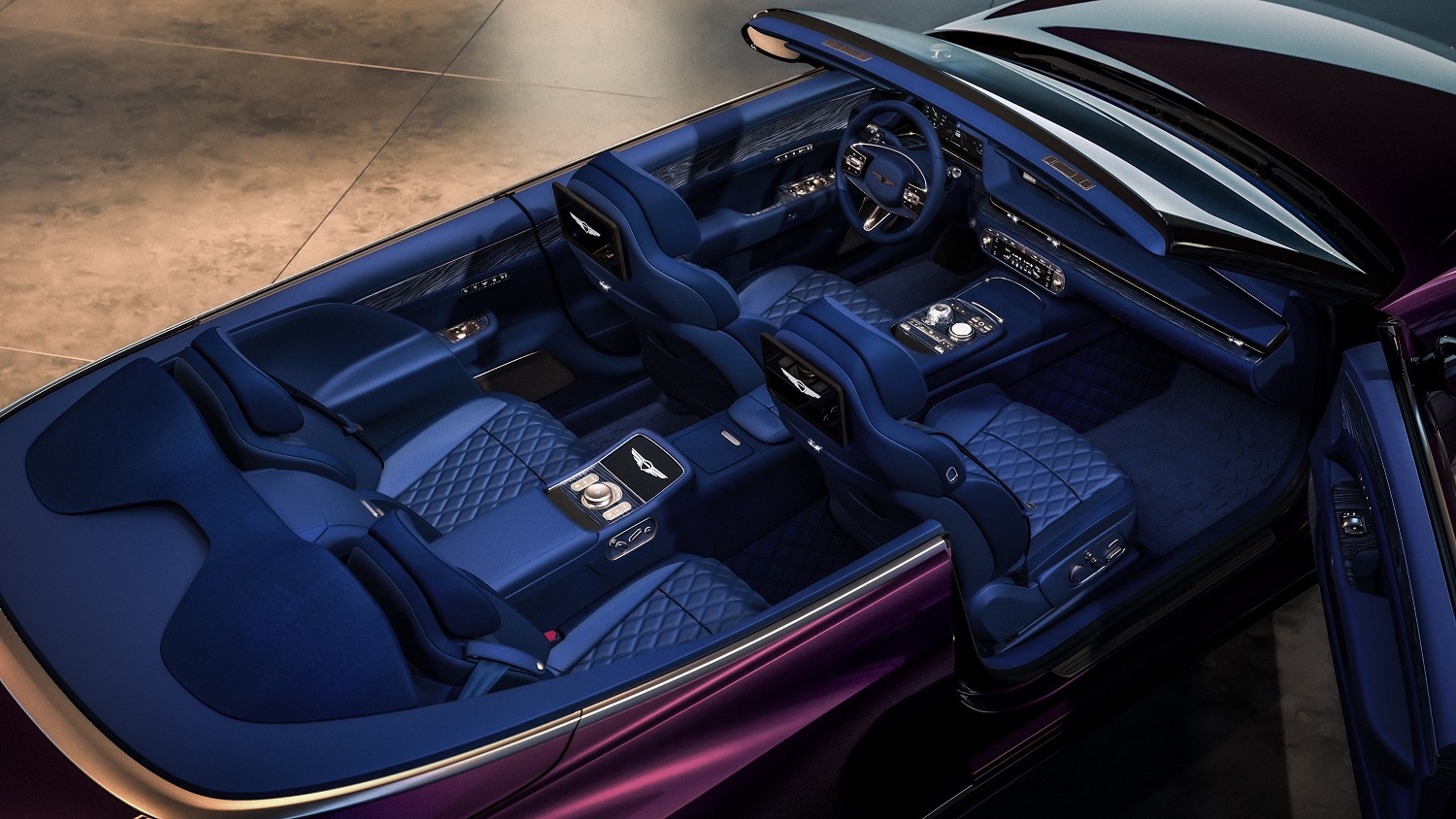
The interiors are also largely based in production-friendly reality, with a steering wheel, screens, knobs, dials, and buttons. There’s no vaporware telepathic system that senses when you want to change directions or feel like jamming out to Bruno Mars.
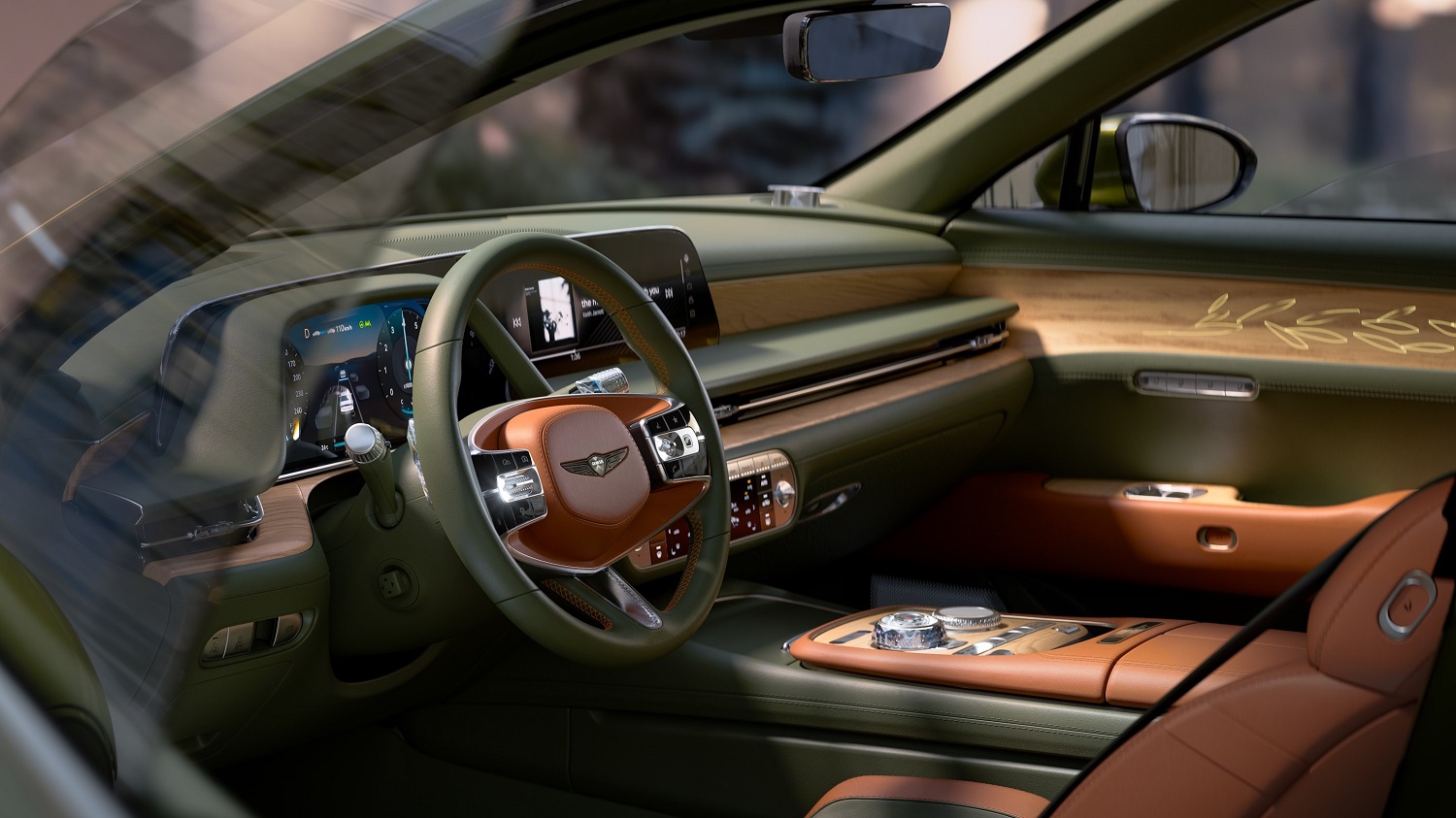
Of course, the X Gran Coupe and X Gran Convertible are officially concepts, so there are some elements that you’d expect to see in a show car. For instance, if the Coupe eventually rolls off a Genesis assembly line, it probably won’t have olive leaf-shaped cut-outs in the wood trim on the door panels or a fully quilted leather roof (although that would be cool).
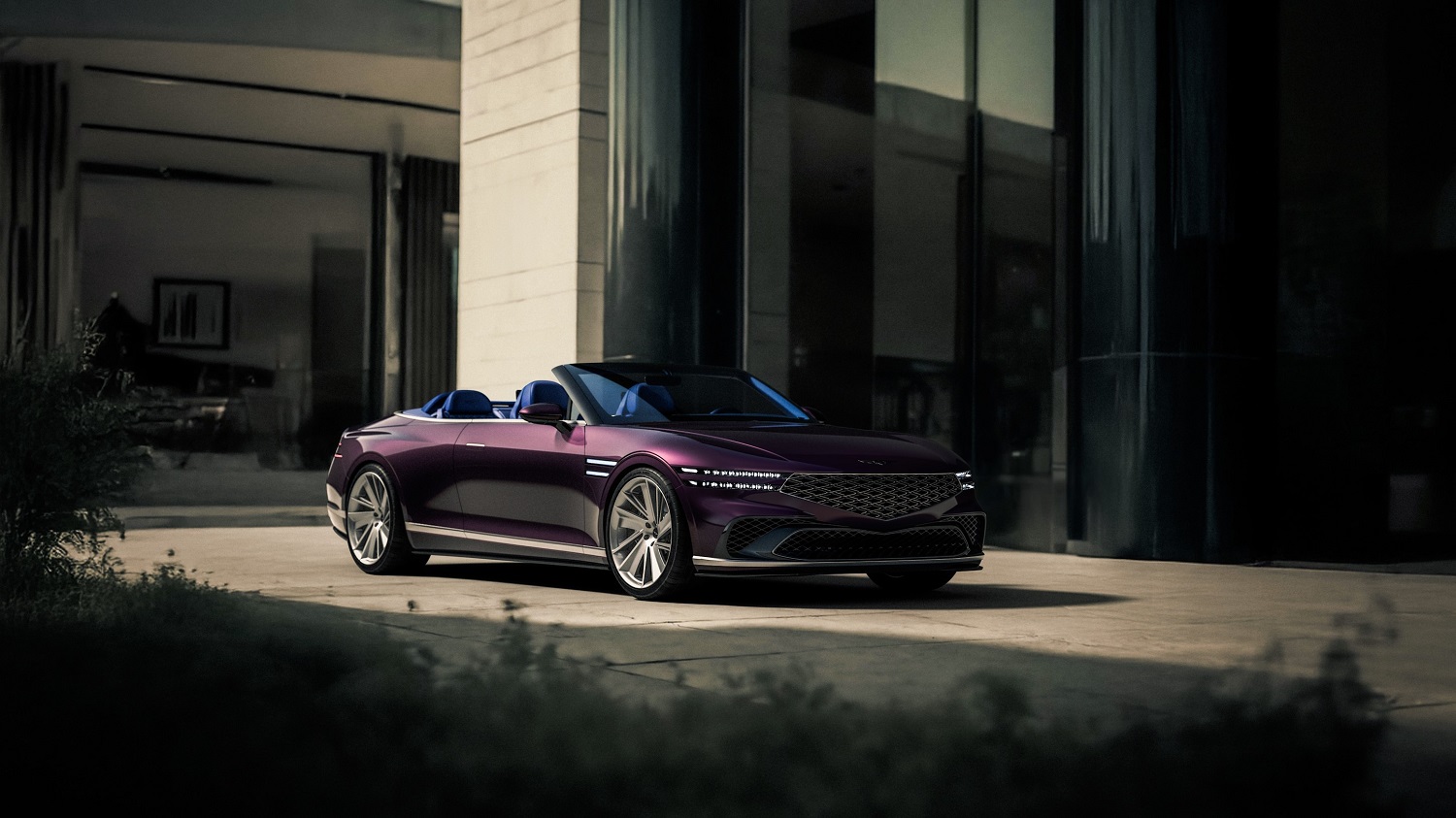
Perhaps a consumer version of the X Gran Convertible wouldn’t be available with the concept’s wine-inspired paint and its Cabernet Sauvignon grape-blue interior, but the idea of both being available separately is not outlandish, as the the 2025 Genesis GV80 3.5T Prestige AWD we tested last year had plenty of blue in its cabin. The X Gran Coupe’s green and tan interior isn’t all that wild, either—the 2025 GV80 is already available with a Vanilla Beige and Smoky Green color scheme.
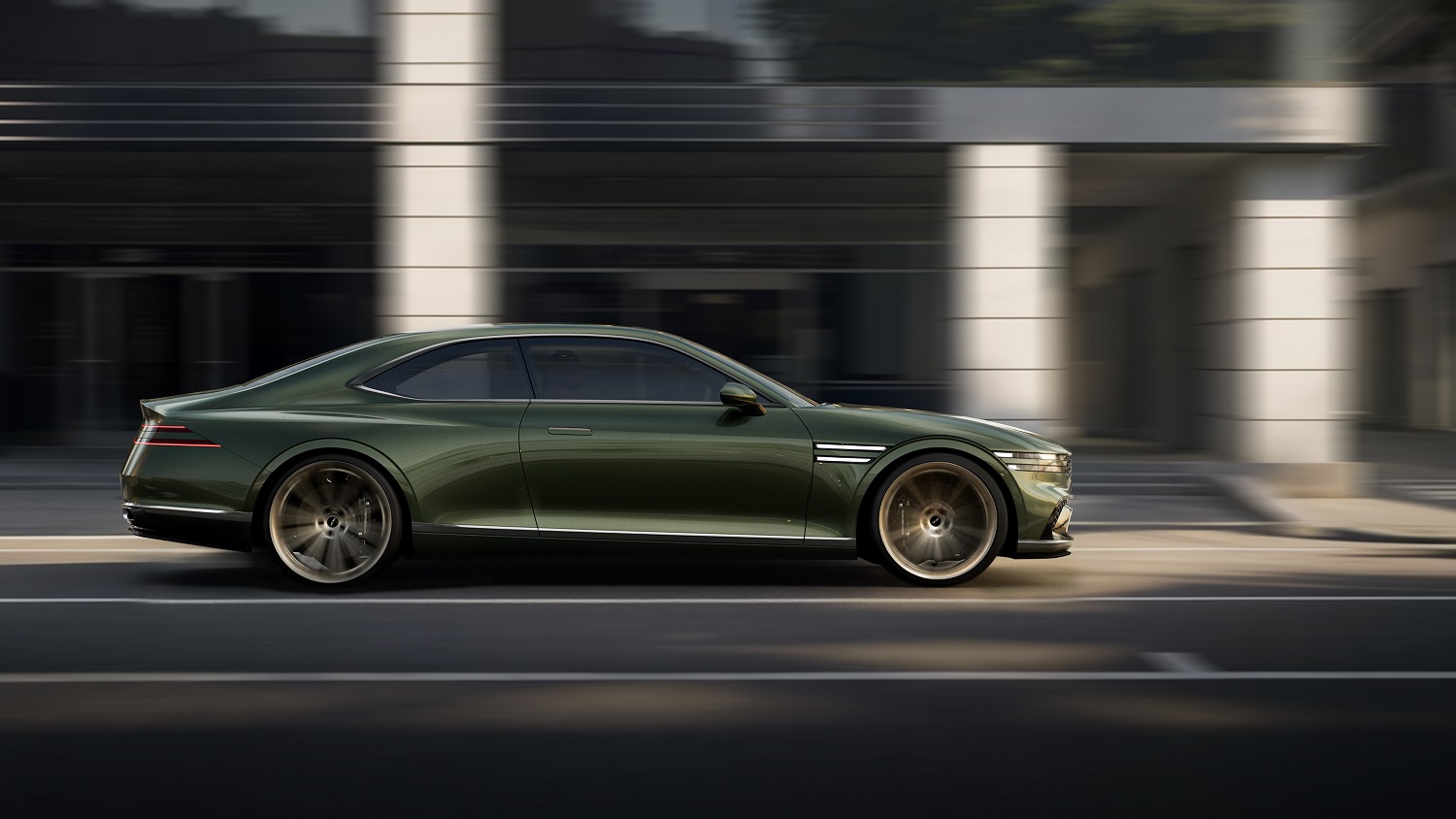
Let’s not forget Genesis’s current portfolio. It has a foundation of vehicles that collectively cast a wide net at consumers. That leaves some room for Genesis to go after different parts of the luxury market, a space dominated by Audi, Mercedes-Benz, and BMW, and all three offer coupes and convertibles. Yes, the X Gran Coupe and X Gran Convertible are based on a full-size sedan, which would make their production versions a bit different from the majority of their potential European competitors, but they would make bold statements for the Genesis brand. Anyone taking on those juggernauts needs vision and ambition.
The core idea of trying to gain market share in spaces occupied by the Germans is not foreign to Genesis. It makes a GV80 Coupe, its version of a BMW X6 or Mercedes GLE Coupe, and its upcoming Magma luxury performance vehicles can be seen as Korean rivals to models from BMW M and Mercedes-AMG.
If the X Gran Coupe and X Gran Convertible eventually make their ways (with minor alterations) into Genesis showrooms, don’t be surprised. We won’t be, but we will be eager to test them out.
